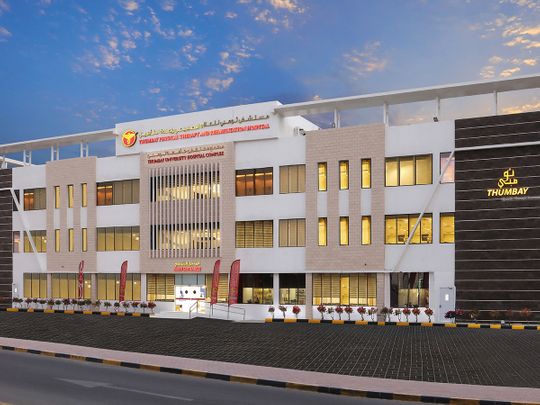
One of the factors that affect bone health is age. As people grow older, among the other complications, one of the first and foremost things that they notice is weaker bone strength. This is why each of us needs to be well informed about the importance of bone health through each stage of our life. Most commonly people see an orthopaedic doctor to relieve the pain in a joint, muscle, or bone — or any discomfort or limitation relative to joint movements. If your body hurts, is stiff, often swollen, or if you have an injury in your joints, bones, muscles, or ligaments, you should see an orthopaedic specialist.
If these signs and symptoms given by your body are ignored, there are common disorders you may develop and suffer from, and it is important to realise such conditions to prevent their occurrence as well as to treat them early to avoid unpleasant complications later in life. To begin with, osteoarthritis is the most common form of arthritis, affecting millions of people worldwide. It occurs when the protective cartilage that cushions the ends of the bones wears down over time. Although osteoarthritis can damage any joint, the disorder most commonly affects joints in your hands, knees, hips and spine. Another disease, which is relatively common among senior population is osteoporosis.
Dr Mohammad Kamel Elsayed Ibrahim, Medical Director, Thumbay Physical Therapy and Rehabilitation Hospital
Osteoporosis is a disease that weakens bones to the point where they break easily — most often, bones in the hip, backbone (spine), and wrist. Osteoporosis is called a “silent disease” because you may not notice any changes until a bone breaks. All the while, though, your bones had been losing strength for many years. In additions, back pain is one of the most common causes for patients seeking medical care. The causes differ depending on the patient population, but most commonly, it is mechanical or non-specific. While every patient’s case is unique, the most common causes of lower back pain include: muscle or spinal ligament strain, a ruptured or bulging disc, scoliosis, osteoarthritis and osteoporosis.
In general, age, lifestyle-related wear and tear, infections, tumours, injuries, and autoimmune conditions need to be evaluated, ruled out and treated in case of persistence of signs and symptoms. To reduce the risk of development of musculoskeletal disorders, you have to maintain a healthy lifestyle.
Stay at a healthy weight, control your blood sugar and other comorbidities, set an exercise routine at least twice a week, quit smoking, eat healthy balanced food and get routine preventive care.













